How To Tell If Your Pet Is Living Its Best Life
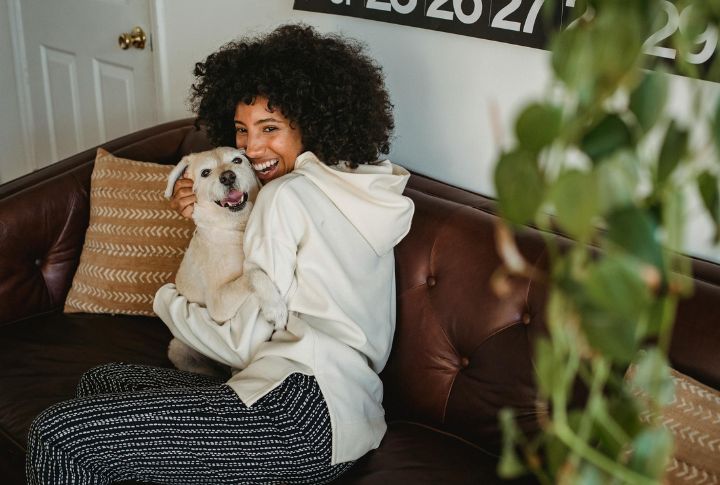
A happy pet thrives in a loving environment. But how can you tell if your pet feels loved and content? These 15 signs reveal if your pet is truly happy and secure. Pay close attention; you might already be giving them the best life possible! However, keep in mind that behaviors can vary depending on breed, age, personality, and past experiences.
Eager Greetings
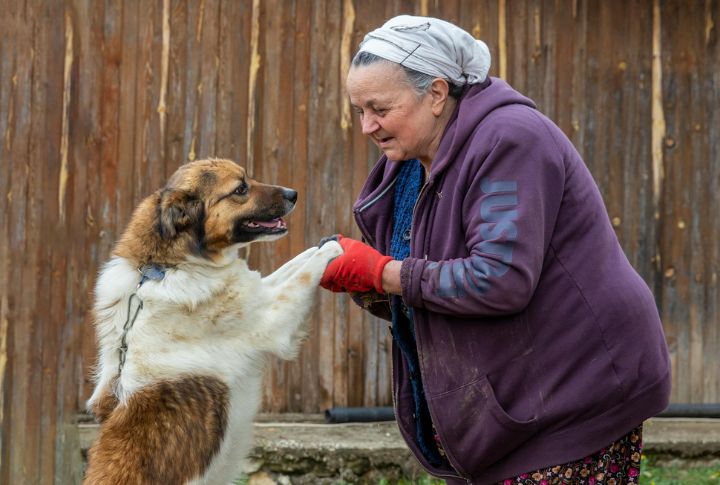
Does your pet race to meet you at the door? A wagging tail or excited jumps mean they genuinely enjoy your presence. This enthusiastic welcome shows that your bond is strong, and they associate you with happiness and security.
Relaxed Body Language
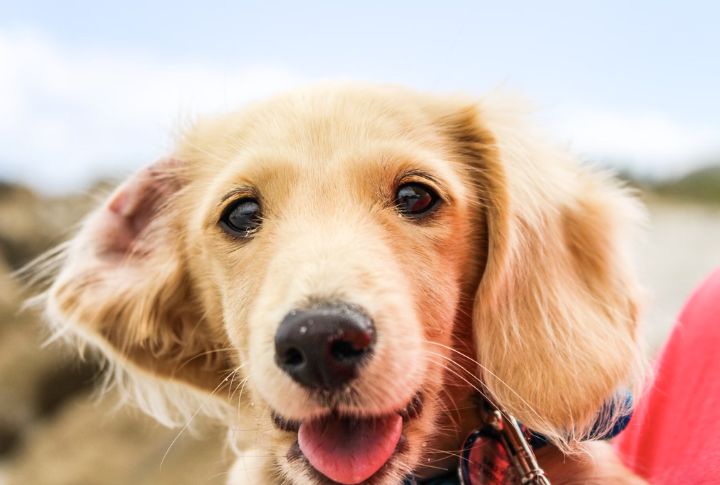
Observe their posture. Loose tails, soft eyes, and relaxed ears indicate calmness and trust. When your dog sprawls out belly-up or curls up beside you, it feels safe and at ease in your home. These are key signs of emotional well-being.
Healthy Appetite
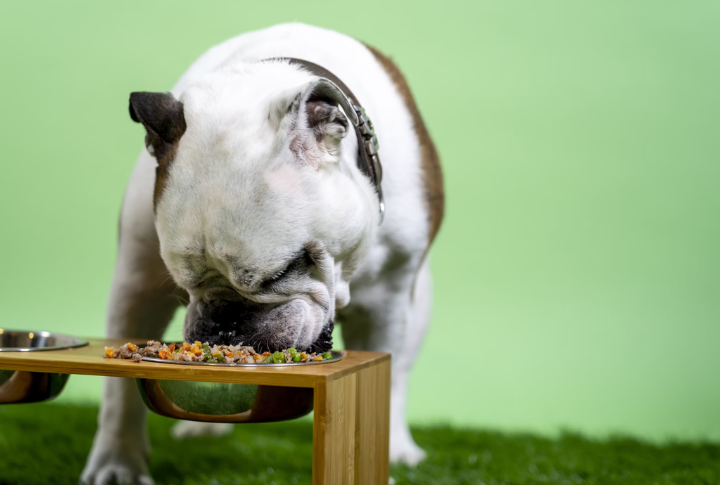
A thriving pet eagerly eats its meals. It feels good physically and emotionally if it approaches food with excitement and maintains a steady appetite. Any drastic changes, however, could indicate stress or health issues that need attention.
Playful Energy
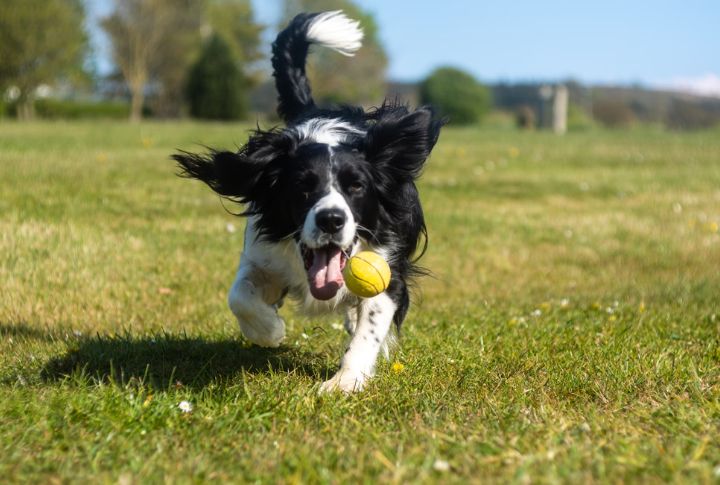
Watch how they engage with toys or initiate play. Happy pets enjoy bursts of energy, playful chases, and interactive games. Zoomies around the room or a soft paw tap inviting play are behaviors that show they’re mentally and physically stimulated.
Curious Exploration
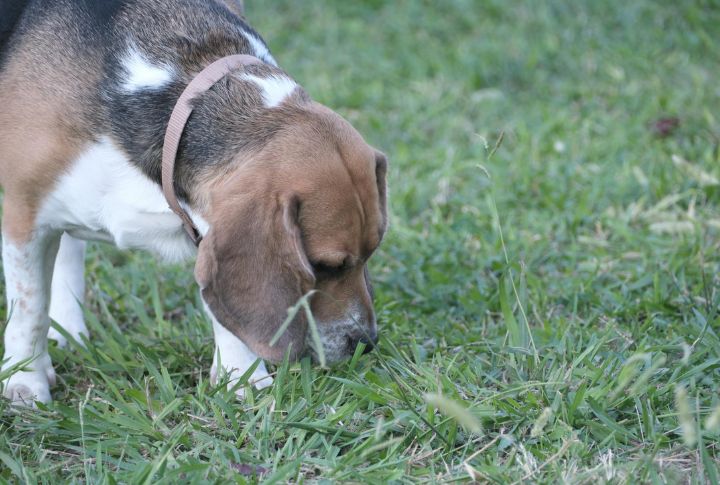
Happy pets aren’t fearful of their environment. They confidently sniff around new spaces, investigate unfamiliar objects, and show interest in their surroundings. Such curiosity indicates comfort and confidence in their home and routine.
Deep Sleep

Content pets sleep soundly and comfortably. So, dogs who stretch out fully or snore in total relaxation feel completely safe. On the contrary, restless sleep or constant shifting could indicate anxiety or discomfort, so watch for those cues.
Expressive Vocalization
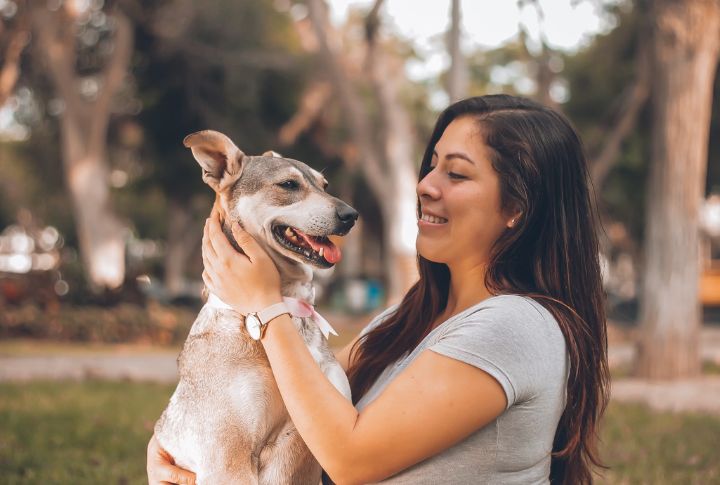
Some dogs “talk” when they’re happy. Soft whines or cheerful barks can express excitement, contentment, or the need for affection. Each animal has unique vocal habits, but positive sounds often signal emotional well-being.
Seeking Affection

Does your pet lean on you, nudge your hand, or curl up in your lap? These gestures show they crave your presence and enjoy companionship. Even independent pets, like some cats, display affection uniquely, such as slow blinking or gentle headbutts.
Regular Grooming Habits
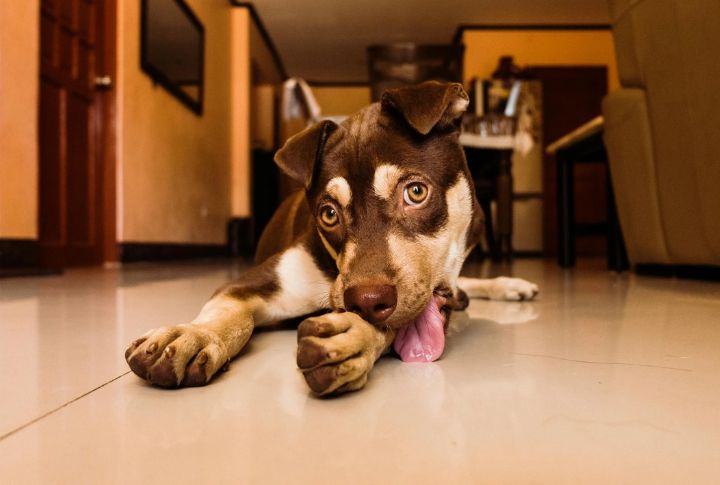
A pet that regularly grooms itself, such as licking fur and cleaning paws, feels good. In social animals, mutual grooming with other pets or even licking you is a sign of trust and comfort. A sudden stop in grooming may indicate stress or illness.
Confident Posture
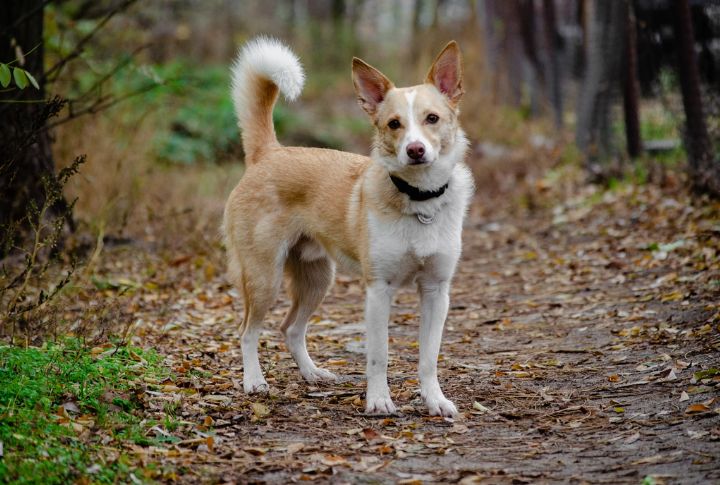
An upright tail, perked ears, and an alert but calm stance show confidence. Whether the dog walks with a bouncy step or sits comfortably with its chest up, a self-assured posture signals happiness and emotional stability.
Comfortable Alone Time
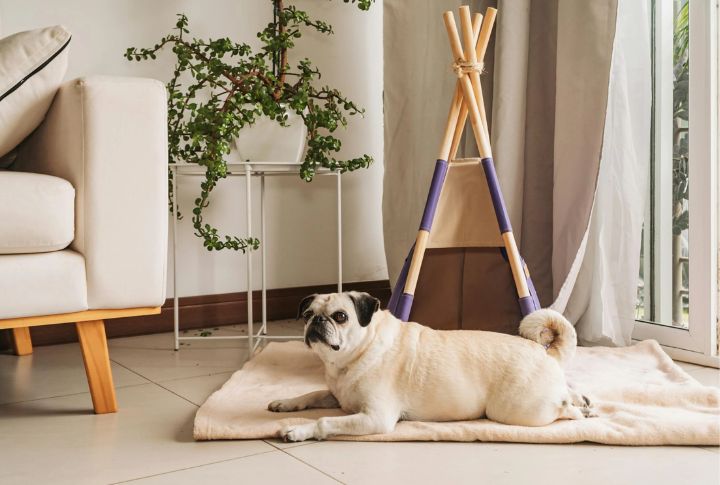
Well-adjusted pets can relax even when you’re not around. They feel secure in their space if they nap peacefully or entertain themselves while you’re busy. Excessive clinginess or destructive behavior, however, could suggest anxiety.
Enjoyment Of Routine
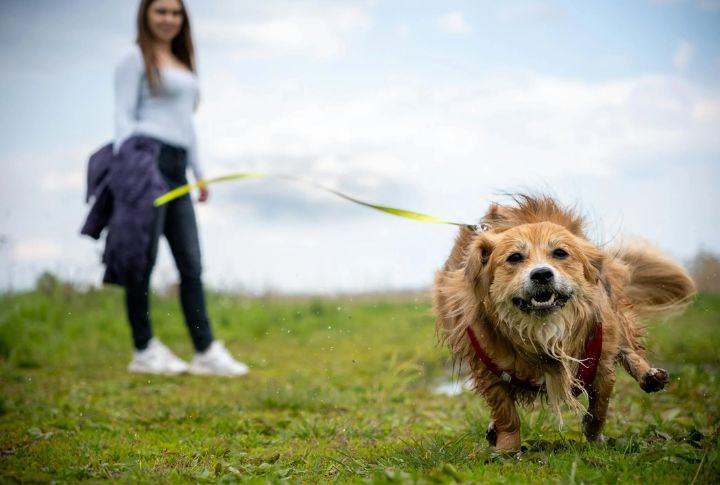
Does your pet get excited at mealtime or walk time? A happy pet thrives on routine, eagerly anticipating daily activities. Predictable schedules offer stability, reduce stress, and help your pet feel secure and content in its environment.
Friendly Social Behavior
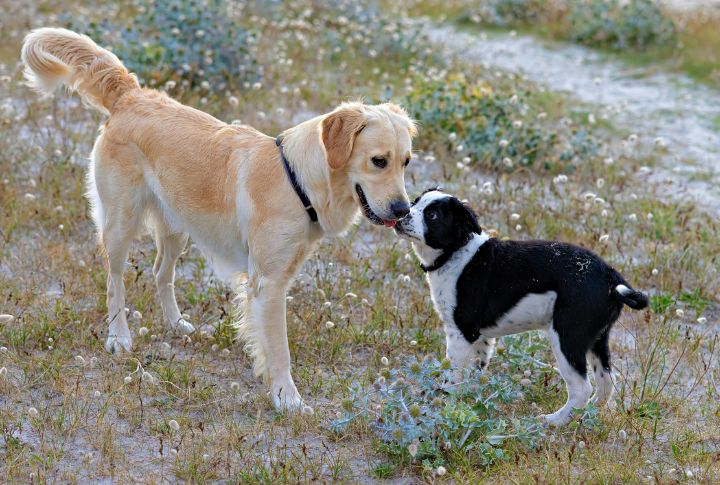
Confident and happy pets engage well with others. They may play with other pets, greet guests curiously, or simply coexist peacefully. If your pet interacts positively with people and animals, they feel secure and well-socialized.
Engaging Eye Contact
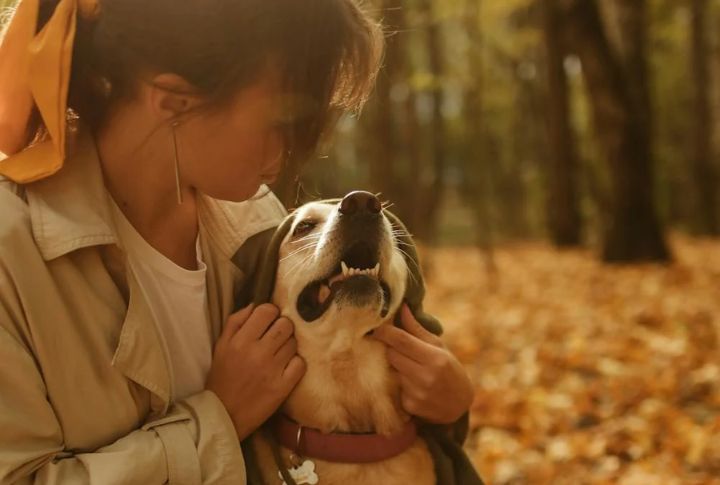
A pet that meets your gaze with soft, relaxed eyes trusts you. Dogs may hold eye contact with loving expressions, while cats show trust through slow blinks. This connection is a powerful sign of deep emotional bonding.
Happy Tail Movements

Tail language speaks volumes! A wagging tail, gentle sways, or upright flicks in dogs indicate joy and engagement. If your pet’s tail movements are loose and natural, they feel comfortable and at ease in their environment.






